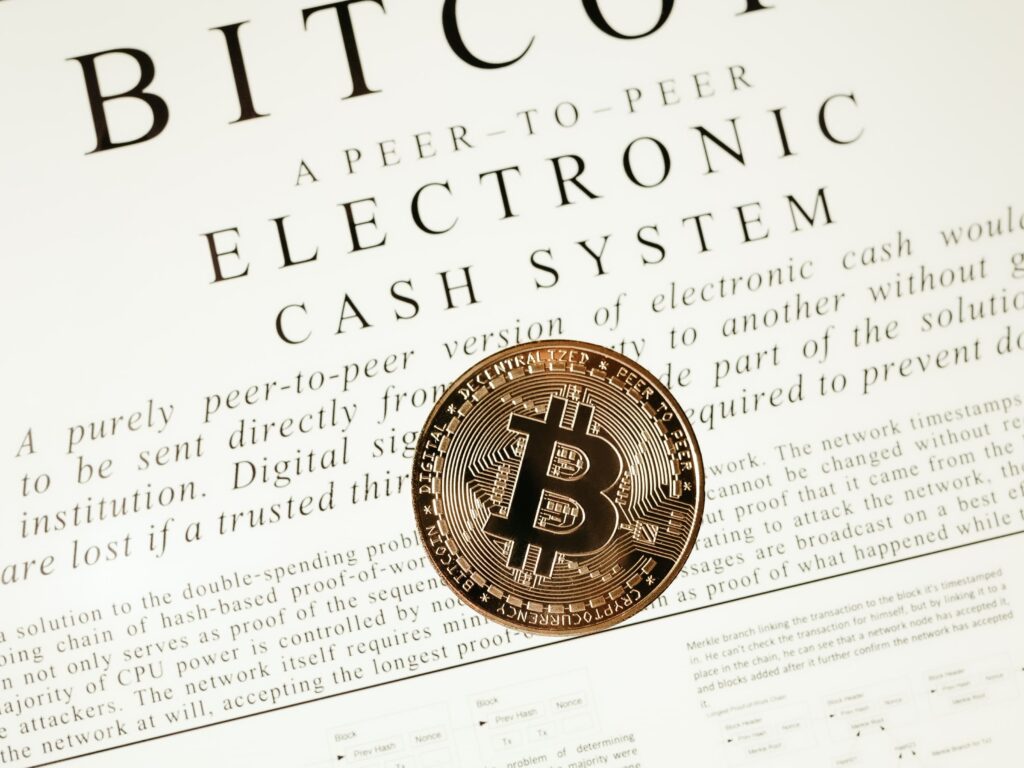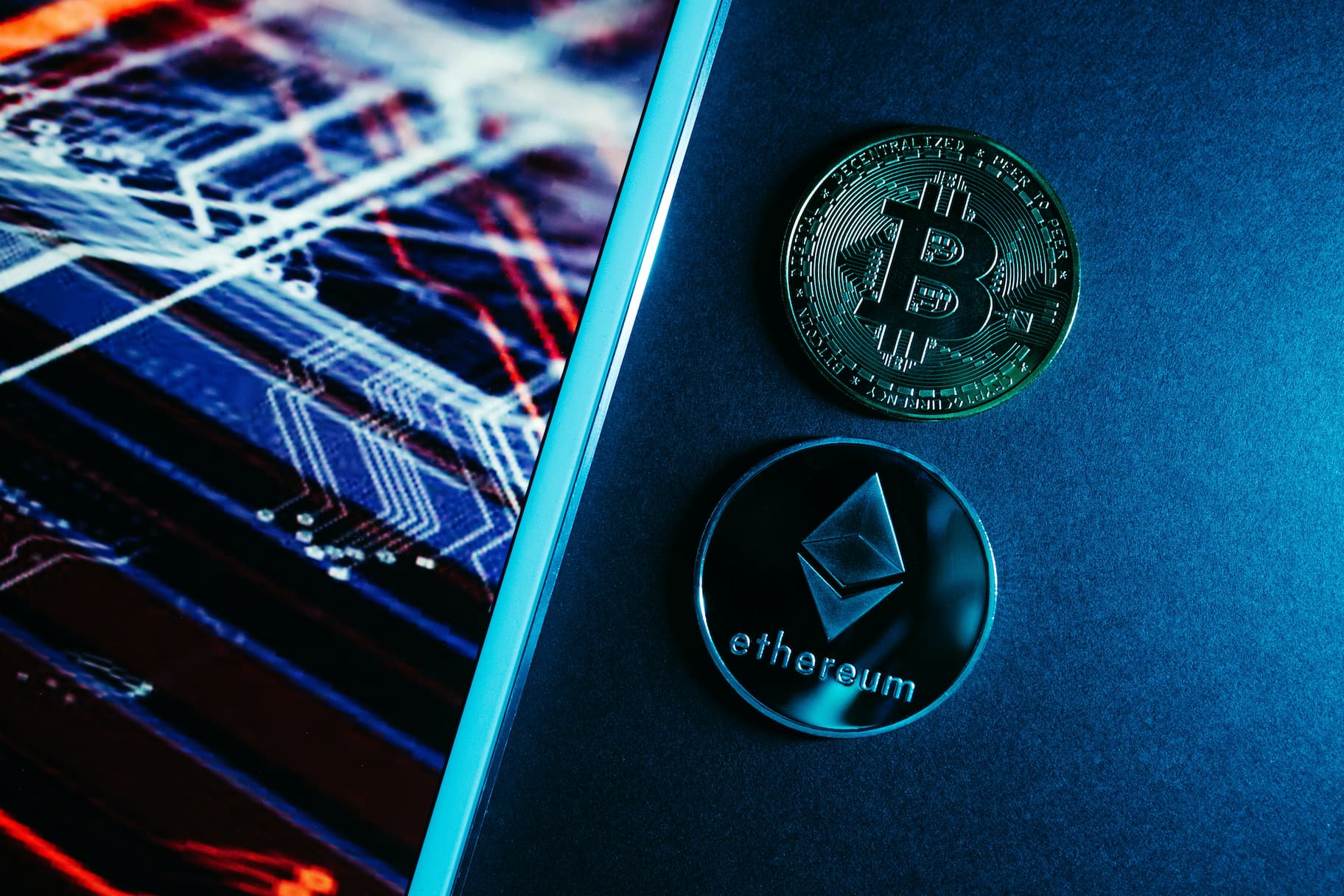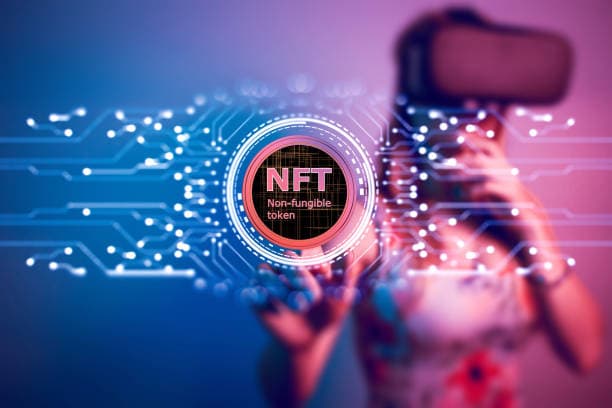NFT stands for “non-fungible token”. Let’s dive into the essence of this term and its operational mechanism. Read the articles for more details.
What is an NFT?
NFT is a distinct digital asset protected by blockchain technology. Unlike cryptocurrencies like Bitcoin or Ethereum, each NFT is unique and has no identical counterparts. Due to this uniqueness and blockchain protection, NFT becomes the perfect tool to depict rare digital items such as artworks, musical tracks, videos, virtual property, or even digital pets.

How do NFTs function?
Using the blockchain, one can verify and trace the history of an NFT throughout its existence. When an NFT is created, it’s logged onto the blockchain, affirming its exclusivity and ownership rights. With every purchase or transfer of an NFT, the corresponding record is saved onto the blockchain.
Why are NFTs needed?
NFT can represent various unique digital elements:
- Art: Artists can offer their creations as NFTs, managing copyrights and earning from subsequent deals.
- Music: Performers can introduce limited versions of their songs or albums via NFTs.
- Virtual property: In some virtual universes, users can purchase, sell, or rent virtual objects based on NFTs.
- Collectibles: In the form of digital cards, virtual animals, or other special items.
Feedback and challenges NFTs have faced criticism for various reasons, including environmental damage due to blockchain energy consumption, copyright issues, and market speculations.
How to own an NFT?
To purchase an NFT, follow these steps:
Create a digital wallet: To store and manage NFTs, you’ll need a specialized wallet. Choose from various options, such as MetaMask or Trust Wallet.
Deposit cryptocurrency into the wallet: Once your wallet is set up, deposit suitable cryptocurrency for purchasing on your chosen NFT platform (often Ethereum).
Select a marketplace for NFT purchase: There are many venues for NFTs, including OpenSea, Rarible, and Foundation. Register on the suitable platform and link your wallet.
Acquire an NFT: Find the NFT you’re interested in and proceed with the platform’s purchase procedure.
- The Outlook for NFTs: Experts believe that NFTs could reshape many industries, from arts to identification. For instance, NFTs can verify the origin of a product, essential in combatting counterfeits.
However, despite their potential, the NFT industry is still evolving, with many issues unresolved.
- NFT Usage in Different Domains: Beyond collecting, NFTs find use in:
Gaming: In the gaming sector, NFTs can represent exclusive in-game items or characters, which can be traded across games.
Education: NFTs can validate the authenticity of diplomas and certificates.
Digital Identification: In the future, NFTs may serve as tools for unique digital identifiers.
Entertainment: Celebrities and artists can produce exclusive NFT content, from music videos to film snippets.
- Potential Hazards of NFTs: Market Volatility: Like any cryptocurrency, NFTs can experience sharp price fluctuations.
Lack of Knowledge: Investing without understanding can lead to financial losses.
Technical Challenges: Blockchain technology is still evolving, leading to possible issues.
Environmental Impact: The high energy consumption of blockchain may adversely affect the environment.
- Legal Context and Regulation of NFTs As interest in NFTs grows, governmental authorities and regulatory bodies are increasingly scrutinizing this sector.
Copyright Issues: The question of rights over art objects and content associated with NFTs is becoming increasingly relevant. Acquiring an NFT does not necessarily grant rights to duplicate, distribute, or exploit the object in other ways.
Tax Implications: Many countries classify revenues from NFTs as capital gains, which may be subject to taxation.
Consumer Rights: If an NFT platform or creator fails to meet their obligations, consumers may face challenges in defending their interests.
- Future Prospects of NFTs Merging with AR and VR: Given the advancements in augmented and virtual reality, NFTs can become a central element in creating and exchanging virtual assets.
Integration with the Internet of Things: In the future, real-world objects and devices might be associated with NFTs, offering new scenarios for interaction and business.
More Efficient Blockchain Technologies: Ecological issues related to blockchain might stimulate the search for more cost-effective solutions.
Conclusion NFTs represent a unique direction in the world of blockchain and digital currencies, offering boundless opportunities for creative individuals and investors. However, like any innovation, it’s crucial to be informed and critical, recognizing all potential risks.



